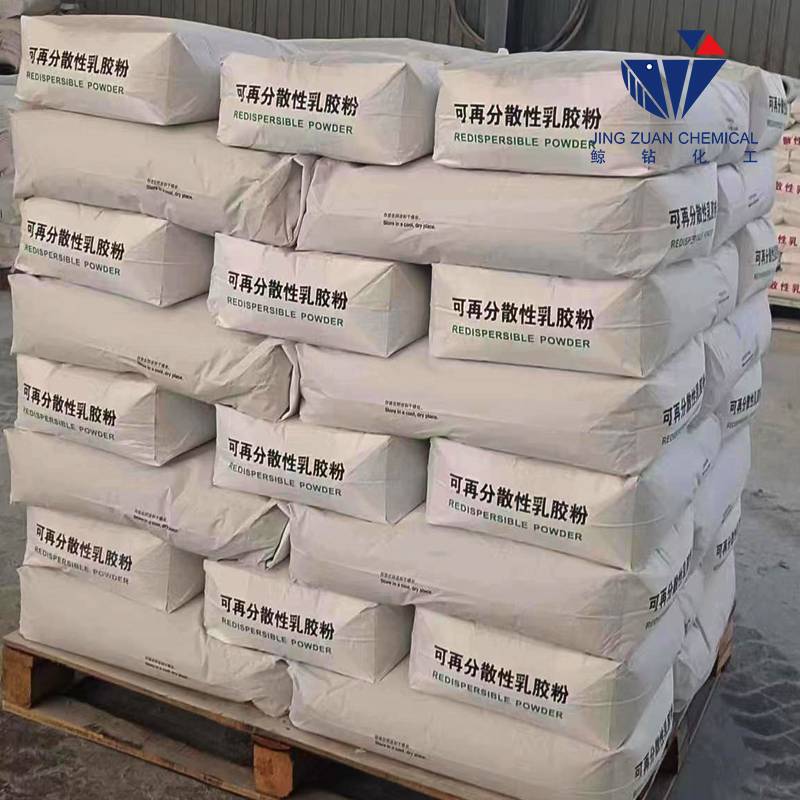
Nov . 09, 2024 00:22 Back to list
Enhancing Mortar Performance with Adhesive Additives for Improved Bonding Strength
The Role of Mortar Adhesive Additives in Modern Construction
In the ever-evolving world of construction, the enhancement of building materials is paramount for ensuring durability, sustainability, and efficiency. Among the myriad of materials used in construction, mortar remains a critical component, acting as a binding agent for bricks and stones. To optimize mortar performance, the integration of adhesive additives has gained traction, presenting numerous benefits that underscore their significance in contemporary building practices.
What are Mortar Adhesive Additives?
Mortar adhesive additives are specialized substances added to mortar mixes to enhance their properties. These additives can be of various types, including polymers, fibers, and chemical compounds, each serving a unique purpose. The primary goal of these additives is to improve adhesion, workability, flexibility, and resistance to environmental factors.
Enhanced Adhesion and Bond Strength
One of the most significant advantages of using mortar adhesive additives is the improvement in bond strength. Traditional mortar can sometimes struggle to adhere to certain surfaces, particularly with modern materials like concrete blocks and tiles. Adhesive additives, particularly polymer-based ones, create a better bond at the microscopic level, allowing for a stronger attachment between the mortar and substrates. This enhanced adhesion is crucial in projects where weight-bearing and stability are of primary concern.
Improved Workability
Workability refers to the ease with which a mortar mix can be applied and manipulated. Adhesive additives can significantly improve the workability of mortars, making them easier to spread and shape during application. This is particularly beneficial for builders, as it allows for more efficient application, reducing labor time and minimizing the risk of inconsistencies. Enhanced workability also means that mortars can be adjusted and molded more easily, leading to better aesthetics in the final product.
mortar adhesive additive

Flexibility and Crack Resistance
Buildings are subject to various stresses, including temperature fluctuations and environmental conditions, which can lead to cracking in traditional mortar. The inclusion of adhesive additives can confer flexibility to the mortar, allowing it to accommodate slight movements without cracking. This is particularly important in regions prone to seismic activity or where temperature variations are pronounced. By reducing the risk of cracking, adhesive additives help prolong the life of the structure and reduce maintenance costs over time.
Water Resistance and Durability
Moisture can severely compromise mortar integrity, leading to deterioration and structural issues over time. Many adhesive additives are designed to provide water resistance, forming a barrier against moisture intrusion. This property is particularly vital for exterior applications or in areas with high humidity levels. By enhancing the durability of mortar, these additives contribute to the longevity of structures, making them more resilient against the elements.
Environmental Considerations
As sustainability becomes a central concern in construction, the use of eco-friendly mortar adhesive additives has emerged. Many manufacturers are now developing additives derived from renewable resources or that contribute to energy efficiency in buildings. By using such materials, builders can reduce the environmental impact of their projects while still achieving superior results.
Conclusion
In summary, mortar adhesive additives play a crucial role in modern construction, enhancing the properties of traditional mortar and addressing many of the challenges faced in building projects today. From improved adhesion and workability to increased flexibility and water resistance, these additives provide solutions that not only enhance performance but also contribute to the sustainability of construction practices. As the industry continues to innovate, the importance of these additives will only grow, paving the way for stronger, more resilient structures in the future.
-
Versatile Hpmc Uses in Different Industries
NewsJun.19,2025
-
Redispersible Powder's Role in Enhancing Durability of Construction Products
NewsJun.19,2025
-
Hydroxyethyl Cellulose Applications Driving Green Industrial Processes
NewsJun.19,2025
-
Exploring Different Redispersible Polymer Powder
NewsJun.19,2025
-
Choosing the Right Mortar Bonding Agent
NewsJun.19,2025
-
Applications and Significance of China Hpmc in Modern Industries
NewsJun.19,2025







